Diverse Types of Kimchi in Korea

Korea is renowned for its traditional culinary culture, offering a unique combination of flavor and health benefits. Among the numerous iconic dishes, kimchi stands as a representative staple, embodying the essence of Korean cuisine. In this article, we will delve into the various types of kimchi found in Korea, exploring their distinctive characteristics and flavors.
1. Baechu Kimchi (Cabbage Kimchi)
Baechu kimchi, the epitome of Korean kimchi, is crafted with a rich blend of ingredients such as red pepper paste, garlic, ginger, and red pepper flakes. Through its intricate seasoning and fermentation process, it acquires a deep and intense flavor. Often used as a key component in kimchi stew, this dish pairs harmoniously with rice, creating an exquisite culinary symphony.
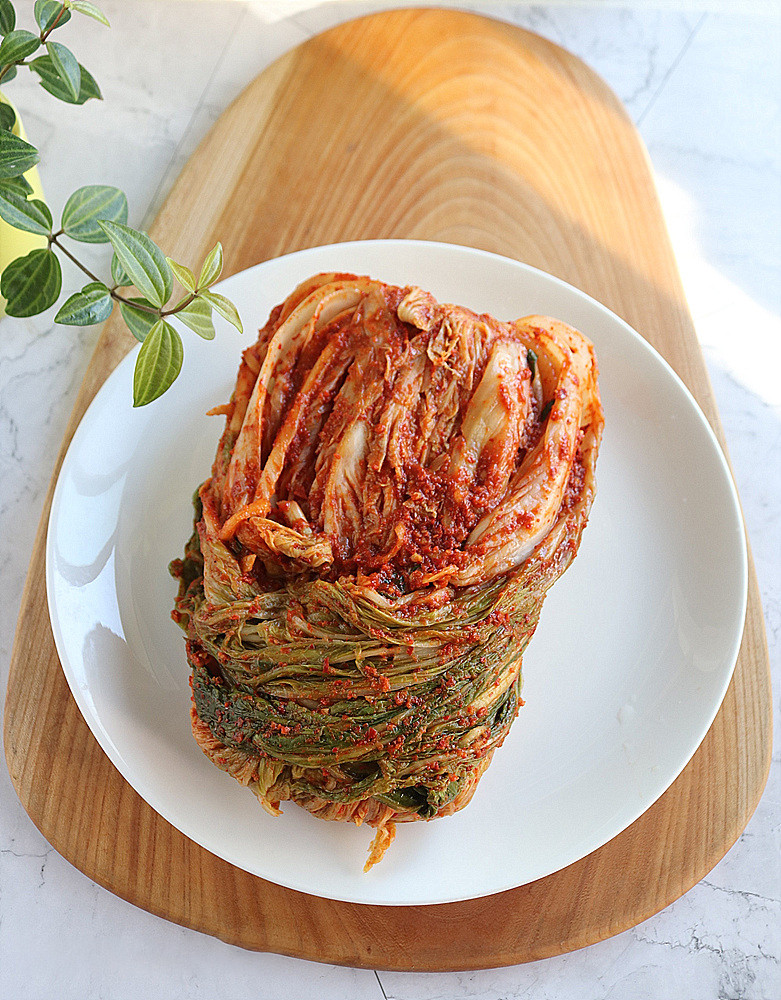
2. Chonggak Kimchi (Ponytail Radish Kimchi)
Chonggak kimchi is a type of kimchi made with radish. Unlike other kimchi, radishes are small and easy to eat. For this reason, it is common to cook radishes without cutting them separately. It is very good in terms of nutrition because you can eat radish and greens together when ingested. However, when making kimchi, the ratio of radish and green (leaf stem part) must be properly mixed.
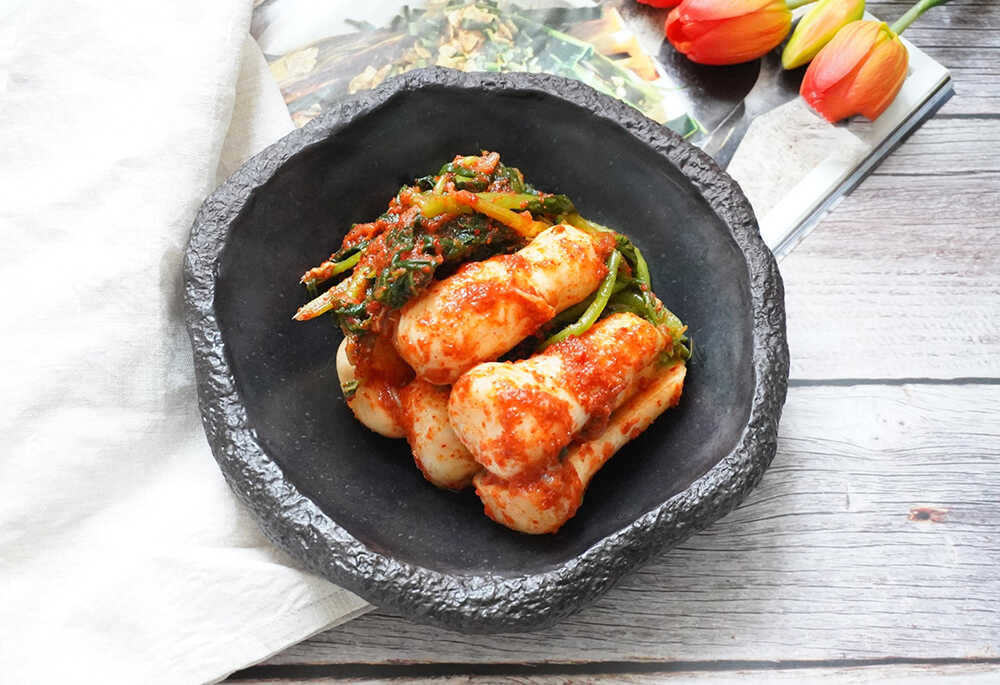
3. Kkakdugi (Cubed Radish Kimchi)
Known for its sweet and tangy profile, kkakdugi is made by cubing radishes and fermenting them with red pepper flakes and soy sauce. Enhancing dishes like bossam (boiled pork) or pairing seamlessly with ssam (lettuce wraps), kkakdugi enriches the dining experience, contributing to the tapestry of Korean cuisine.
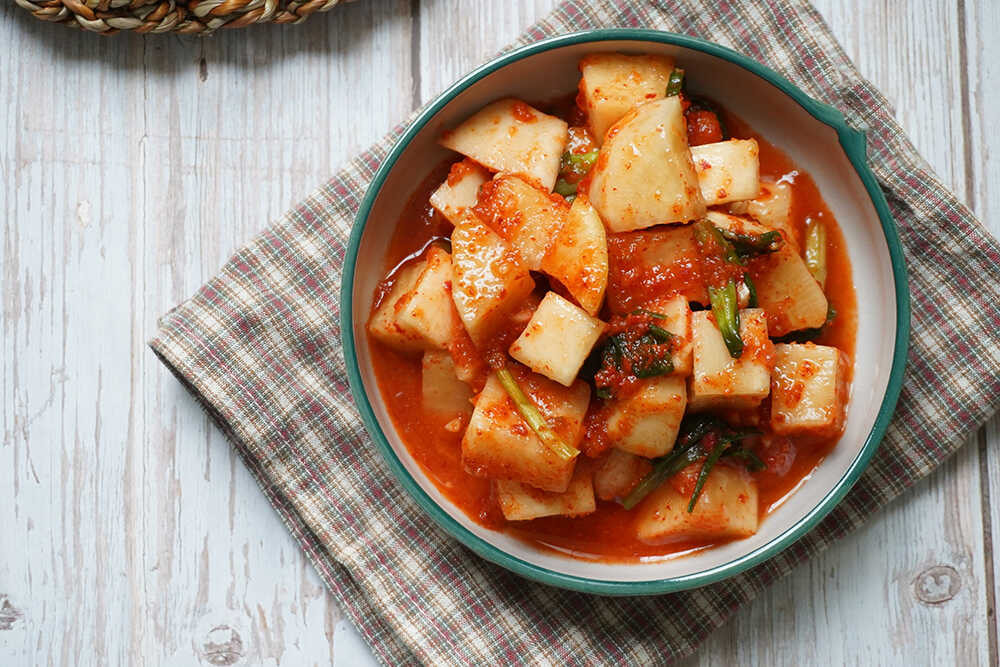
4. Oisobagi Kimchi (Cucumber Kimchi)
Providing a refreshing respite during the summer months, oisobagi kimchi involves slicing cucumbers, salting them, and fermenting them with a seasoning mixture. Characterized by its crisp texture and cool flavors, this kimchi offers a delightful contrast and is a favorite choice for a refreshing summer meal.

5. Dongchimi (Water Radish Kimchi)
Dongchimi, featuring both radish and onion, boasts a sweet and tangy taste. Fermented in a clear broth, it enhances the dining experience when served alongside rice. Loved for its unique sweet flavor, this kimchi often appeals to younger palates as well.
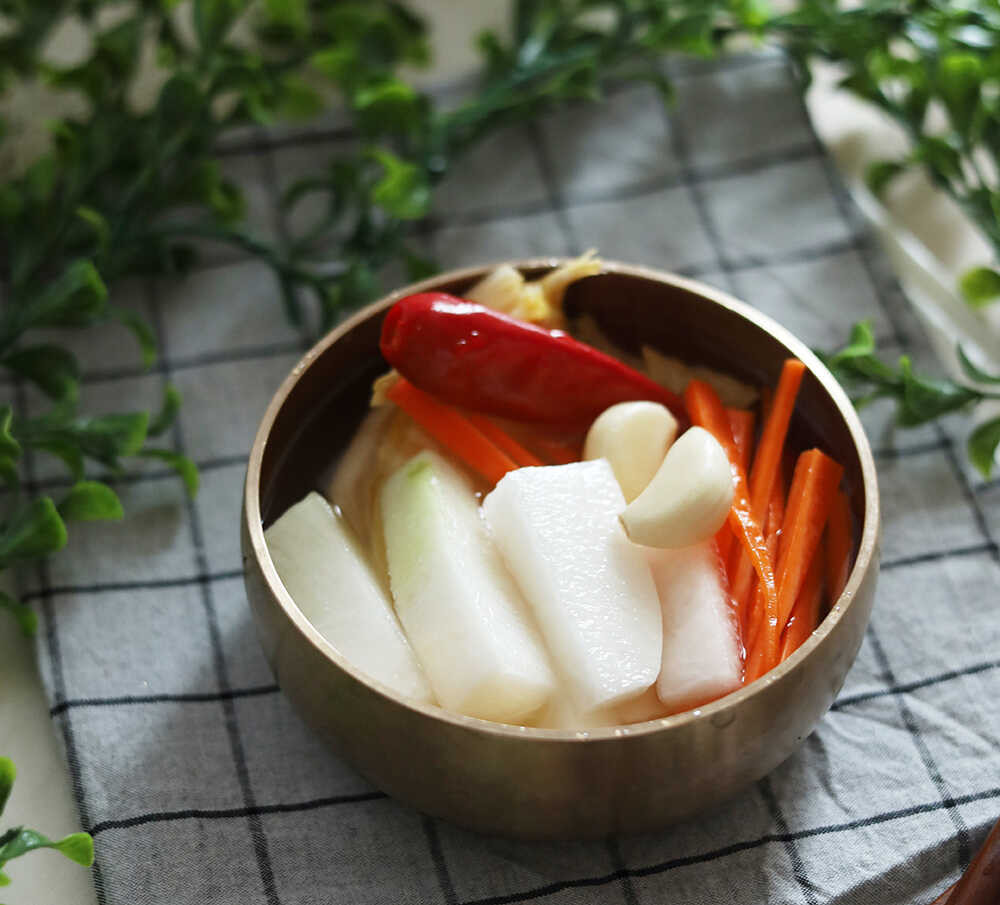
6. Nabak Kimchi (Water Kimchi)
A type of water kimchi made by salting flat, squarely cut cabbage and radish, then adding sliced garlic, green onion, ginger, water parsley, and pouring salt water colored with red pepper powder.
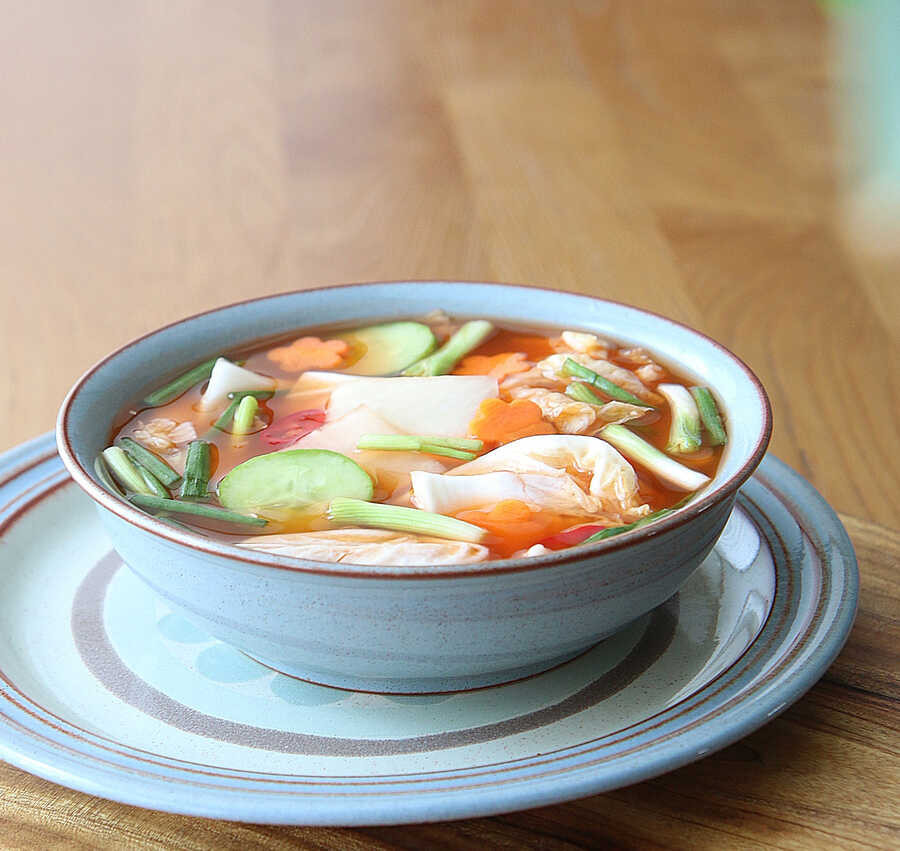
The diverse array of kimchi in Korea embodies not only intricate fermentation processes but also a spectrum of flavors and health benefits. As you explore various kimchi types throughout the seasons, you'll gain a deeper appreciation for the richness and diversity of Korean cuisine. Let kimchi be your guide to unlocking the multifaceted world of Korean culinary culture.
Booking.com



